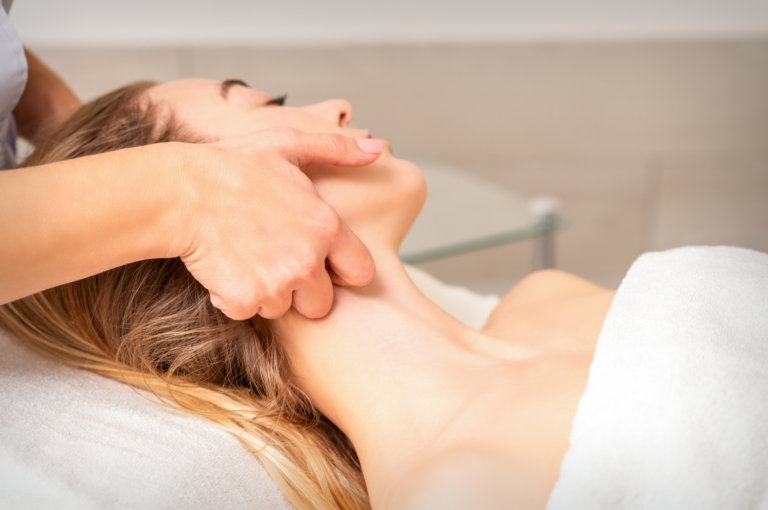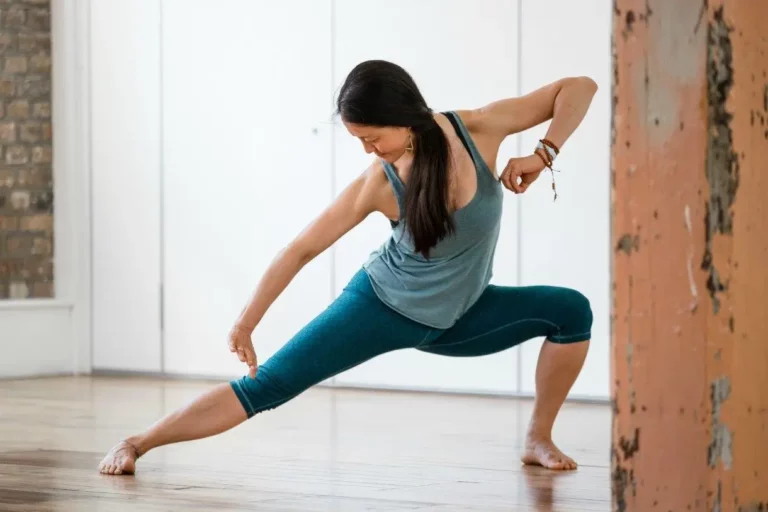Exercise is a key ingredient of a healthy lifestyle. However, getting the balance right in our goal-driven world is not always easy, and we sometimes overdo things. This can lead to injury, caused either by a sudden breakdown of our body tissues or a slow degeneration over time due to the micro trauma resulting from overtraining and pushing ourselves too hard.
A sports physiotherapist can help you recover more quickly from post-exercise tissue stress and strain. They can also assist with finding the right balance and addressing minor issues before they become major ones, improving performance and reducing injury risk at the same time.
Yoga is often viewed as a relatively risk-free form of exercise. However, many people approach yoga with the idea that the more flexibility the better, and therefore prioritise flexibility over strength, muscle balance, body alignment and control: factors that we can sum up as technique. It takes years of patient practice to build up great technique, but it can be tempting to go for short term improvement by pushing ourselves harder. So we develop better flexibility: but without great control or technique, greater flexibility means that we are putting ourselves at more serious risk of injury. Instead of getting a minor muscle strain, we end up with a dislocated shoulder and ripped ligaments. Instead of minor muscle trauma, we end up with a fascial tear in our groin that requires surgery to pin it back together and is never quite the same again.
Seeing an experienced sports physiotherapist as soon as your body tells you that maybe you have pushed things a bit too far can help identify issues and underlying causes that may prevent you going on to develop more serious injuries.
The physiotherapist will consider your muscle imbalances. If one group on muscles are relatively long and weak and another short and tight, you will be overstraining some part of your body. The classic example of this is that our body will be short and tight through the hip flexors if we spend all day sitting down, and our glutes will be “sleepy” because sitting on them all day is a constant stretch for these muscles. Then, because of our busy lives, we rush and arrive just in time for our yoga class, with no time to do specific stretches and exercises to address this imbalance before we start our practice.
Another example is that perhaps because of previous trauma, part of your spine is tight and stiff, meaning that other parts of your spine must work harder to make up for the loss of range. This therefore potentially overloads them. Or it may be that you have a muscle imbalance that is a timing issue: after sitting day all day the glutes are not firing up and protecting the lumbar spine on extension, leading to shear stress and lower back pain after exercise.
We need to understand clearly what our post exercise niggles, aches and pains are telling us. They should never be ignored. We must listen to our body all the time, as it is always telling us something, and the sooner we can address issues, the less risk of more serious injury further down the line. All these things and more can be identified by your physiotherapist and effective solutions found.
The techniques used may range from soft tissue and deep tissue massage to ironing out trigger points and restoring normal muscle tone. A sports physiotherapist may guide you through special types of exercises called neuro-muscular integration exercises to address muscle imbalance issues before you start your practice. Mobilisation and physical manipulation can restore range of motion and flexibility. Professional advice may be given on training strategy such as intensity, frequency, sleep nutrition, hydration, and rest. Sometimes, with your consent, we may reach out to your coach or yoga teacher, enabling us all to work together on issues. Our aim: to help you to develop great technique safely, healthily, and enjoyably.
Simon Purton is a senior practitioner at Soho Physiotherapy, which can be found at our Soho studios. Click here to make a booking for one of our clinical treatments.










